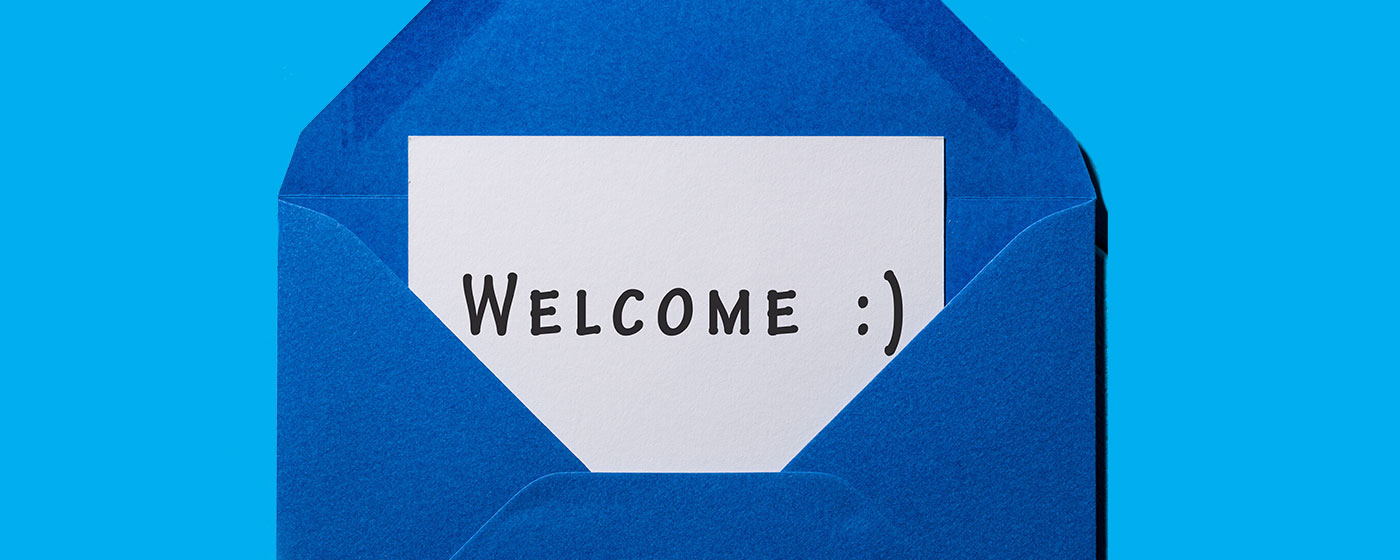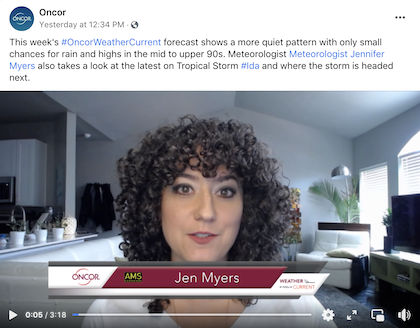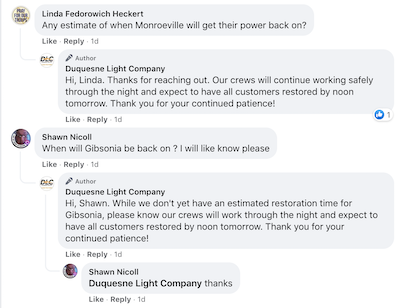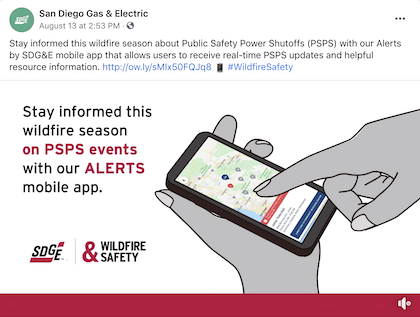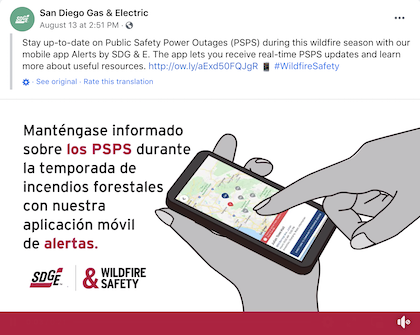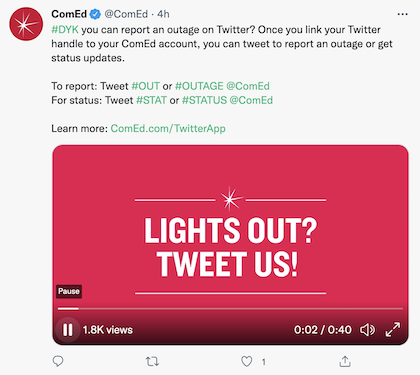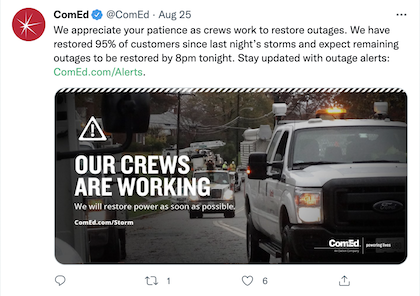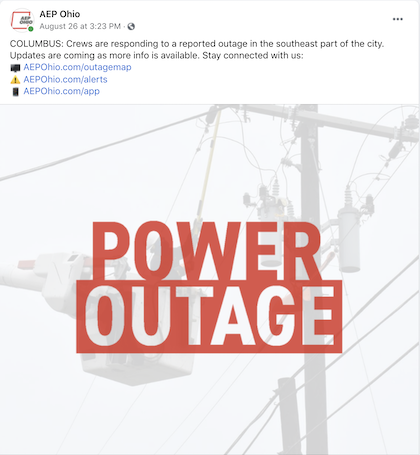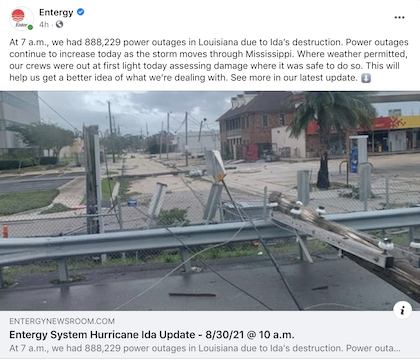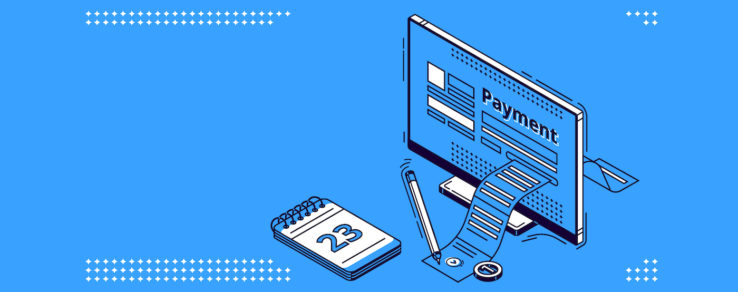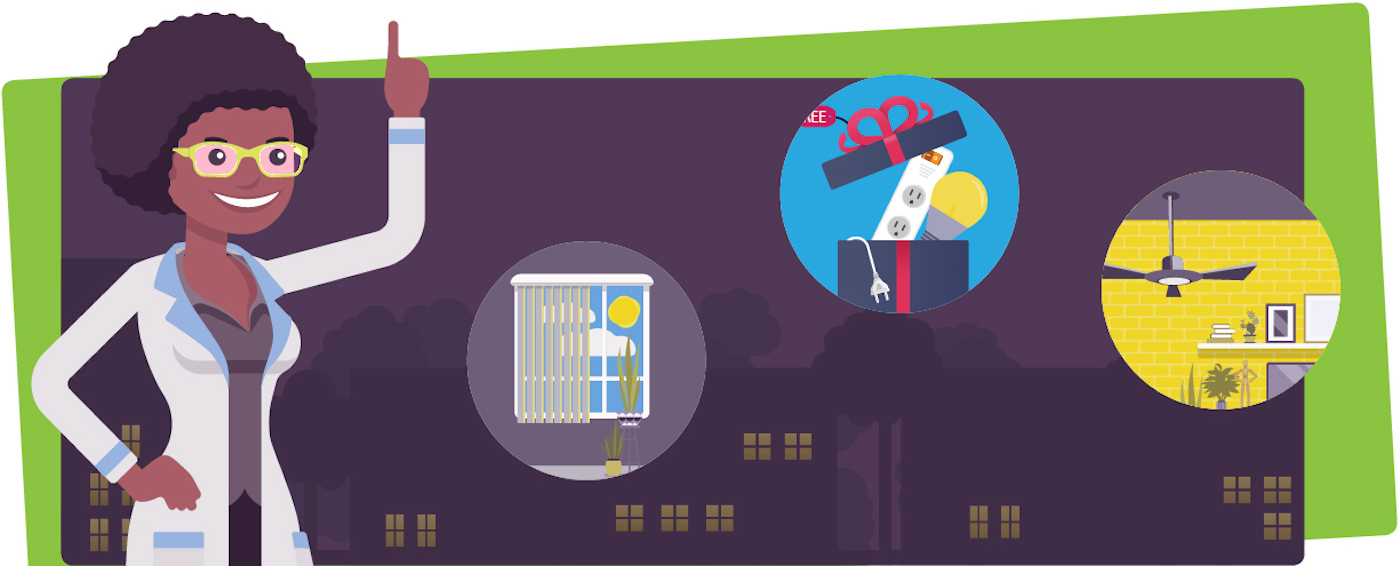Whether you’re joining a cheese of the month club or signing up with a new video streaming service, you’re sure to receive some kind of welcome message.
Whether that message will be helpful or worthy of the trash bin is to be determined. You might not be wowed by the content (or find it very helpful), but it will be in your inbox waiting for you.
Some energy customers find their welcome experience to be similarly lackluster when starting service. But what if that welcome was truly valuable?
What Should Your Welcome Message for Customers Include?
A new utility customer will need to be informed of many things. Your utility will want to provide answers to common questions and guide them through an optimal customer journey.
But be careful not to overwhelm your audience. You can’t effectively answer all questions at once. A single email with “link soup” will make for a complex customer experience.
Instead, prioritize what you need customers to know or do first.
How many emails in a Welcome Series
Most marketers send just one welcome email, but Questline Digital data shows three to five email messages is best.
Going beyond five emails in a Welcome Series tends to result in lower open rates for later sends. If you need to include more than five emails, make sure important information like billing options, outage alerts and My Account setup are frontloaded in your communications.
Pro tip: Consider numbering the emails in the subject line or header (for example, first of four-part series) so subscribers know to look out for the subsequent messages.
How often to send welcome messages
The cadence of your welcome emails shouldn’t overwhelm customers or be drawn out. We recommend sending an email every two to three days or once every week. This frequency keeps your utility top of mind but doesn’t bombard customers.
Additionally, it’s important to send the first email of your welcome series within 24 hours of account setup. If possible, reduce lag time to 10 minutes or less from the time of the service signup. Given the multitude of other marketing messages competing for consumers’ attention, you’ll want your welcome message for customers to hit inboxes while your utility is still top of mind.
What to include in your welcome message for customers
Within your series of messages, it’s essential to answer commonly asked questions, point to available resources and prompt customers with actions you want them to take.
An example Welcome Series could look like:
- Email #1 – Welcome and community message
- Email #2 – Instructions on how to set up My Account preferences
- Email #3 – Explanation of billing options
- Email #4 – Prompts to sign up for eNewsletters and/or programs
- Email #5 – Resources to help you save energy
Case Study: Optimizing Welcome Messages for Customers
Questline Digital worked with an energy utility client to develop and send a new residential Welcome Series. One year later, we took a deep dive into the performance metrics to see how we could enhance the series to achieve even greater engagement.
We found that how many emails in a Welcome Series matters, and so does the cadence of information. With small tweaks, customer communications can be optimized. Let’s take a look.
Year One Welcome Series
Six emails sent to residential customers starting new electric service:
- Storm and outage resources
- Sign up for our energy utility newsletter
- Explore our My Account resources
- Tools to help you manage your energy bill
- Tips to reduce your bill
- Resources to help you save energy
Overall Open Rate: 32.9%
Overall Click-to-Open Rate (CTOR): 26.6%
Year Two Welcome Series
Five emails sent to residential customers starting new electric service:
- Explore our My Account resources
- Storm and outage resources
- Sign up for our energy utility newsletter
- Billing payment options
- Resources to help you save energy
Overall Open Rate: 41.7%
Overall CTOR: 31.7%
By looking at the overall email content, design and key messages, our team determined:
How many emails in a Welcome Series matters
Five emails were more effective than six. Emails five and six from the original series were comparable, with both offering savings tips and resources. In the revamped series, only one savings email was sent.
Less content was more
In the first series, each email was jam-packed with links, images and multiple messages, which could have distracted from the main point and call to action. In the updated series, supporting content was pared down and the visual design was refined.
New branding elements could be easily incorporated
The energy utility had recently refreshed its branding, making this Welcome Series a perfect place to include new identity requirements. There was also an opportunity to add links that connected customers to new website content.
The customer journey needed a little guidance
While much of the content was similar from the first series to the second, the order of those messages shifted. For example, the original series began with a message about storm alerts and outage resources. In comparison, the second series opened with a message about taking control of one’s utility account — a topic of much higher interest to a new customer.
By restructuring the order and number of emails and adjusting the content, the second Welcome Series was able to better connect with customers, boosting the open rate by nearly 27% and driving 19% more engagement.
With careful planning, thoughtful strategy and inspiring writing and design, you can achieve real results. As our data demonstrates year after year, crafting a series of welcome messages for customers can set the stage for a long, strong relationship.
